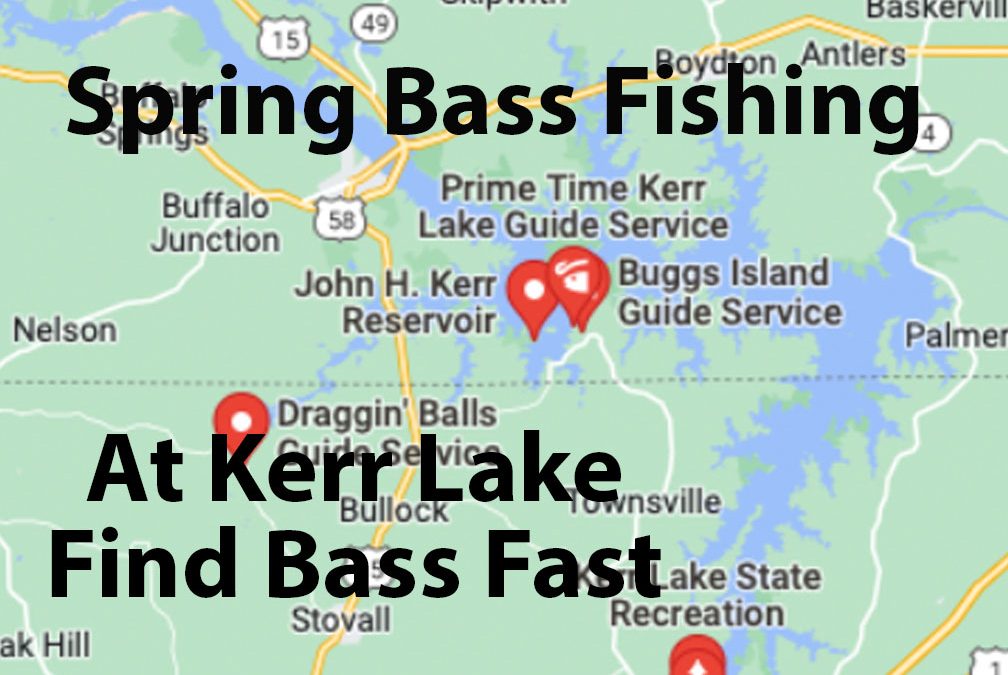As an avid fisherman, I’ve had the pleasure of fishing all over the country, but there’s something special about Kerr Lake in the spring. This large reservoir, located on the border of Virginia and North Carolina, is known for its great bass fishing, and the fish really come alive in the spring. In this article, I’ll share my tips for catching bass at Kerr Lake during this magical time.
I. Introduction
If you’re a fisherman, you know how it feels to be on the water, feeling the breeze on your face and waiting for the next nibble. But there’s nothing quite as exhilarating as feeling that tug on your line and seeing the silver flash of a bass coming up to the surface. That’s why in the spring, when the water is warming up and the fish are coming out of their winter hiding places, I head to Kerr Lake.
Kerr Lake covers over 50,000 acres and has over 850 miles of shoreline, which means there are plenty of places to find fish. It’s a man-made lake that was created in the 1950s when the John H. Kerr Dam was built on the Roanoke River. The lake is managed by the US Army Corps of Engineers, and they work hard to maintain the lake’s ecosystem and ensure its recreational uses are protected.
II. Fishing in the Spring
Spring is the perfect time to catch bass at Kerr Lake. As the water warms up, the fish become more active and start to move around. They also start to spawn, which means they’re more likely to be in shallow water and more aggressive when it comes to biting.
The water temperature is a key factor in spring bass fishing. When the water hits around 60 degrees Fahrenheit, bass start to become more active. They come up from deeper water and start to feed more frequently. This is also the time when they start to move around to find spawning areas.
During the spring, you’ll notice that bass are more likely to be found near underwater structures like logs, rocks, and drop-offs. They’re looking for places to spawn and for areas where they can find food. You’ll also want to pay attention to the shoreline. Bass like to swim along the shorelines looking for food, so casting your line parallel to the shoreline can be very effective.
The lake is home to many species of fish, including largemouth bass, smallmouth bass, crappie, catfish, and more. However, the focus will be on how to catch bass in Kerr Lake during the spring season.
Tip #1: Look for shallow water
During the early spring period, bass tends to move towards shallow water. The shallow water provides warmer temperatures, which attracts baitfish and other kinds of prey. This typically occurs around March and April when the water temperatures start to rise. Look for areas with weeds, aquatic vegetation, and objects that provide cover or structure such as fallen trees or rocks. Bass will search for these kinds of places as they are ideal for spawning.
Tip #2: Use live baits
Using live baits can be the best choice for catching bass in spring since the fish are very active during this period. Different types of live bait can work well, but some of the most effective include worms, minnows, and crawfish. You can fish these baits by rigging them to either float near the surface or sink toward the bottom, depending on where the bass are biting. Minnows can be effective if you are looking to catch bigger fish since they attract larger bass. It is important to use the appropriate size bait and hook to avoid scaring fish or having baits stolen.
Tip #3: Try different lures
Lures are an essential part of fishing in Kerr Lake, and spring offers different opportunities to experiment with different kinds of lures. It is beneficial to select lures based on the water and the type of fish you are targeting. Some of the most common lures that can be effective in the spring include spinnerbaits, crankbaits, and jigs. Spinnerbaits are suitable for shallow water and can be used to attract bass. Crankbaits, on the other hand, can work well when you need to dig deep into the water. Jigs can be effective in covering large areas and are also suitable for weedless areas.
Tip #4: Pay attention to water temperature
Bass tend to move towards shallow water to spawn when the water temperature is between 60 and 70 degrees Fahrenheit. It is crucial to keep in mind the water temperature when fishing as it determines the activity level of the fish. If the water temperature is below 60 degrees Fahrenheit, the bass may not be very active, and you may have to fish in deeper areas to catch them. However, if the temperature exceeds 70 degrees Fahrenheit, the bass may move to deeper water making it challenging for anglers.
Tip #5: Fish in the early morning or late evening
Bass tend to be more active in the morning and late evening hours compared to the middle of the day. It is beneficial to fish in the early morning or late evening as the fish will be more active and the water temperature will be lower and bass tend to prefer cooler waters. This will provide more opportunities for anglers to catch them.
Tip #6: Fish with the wind
Fishing with the wind can be significant in increasing your chances of catching bass. When the wind is blowing, it creates ripples on the water, which can help cover up any noise or movement created by the angler. This makes it easy to sneak up on fish and catch them.
Tip #7: Keep it slow
During the spring season, bass are usually not very active. It is therefore advisable to keep your bait or lure moving slowly to attract fish to strike. Doing so will give the bass time to respond. You can either retrieve the lure a little faster when the water temperature is higher or retrieve it slowly when the temperature is lower.
Tip #8: Use stealth and silence
Bass are skittish fish, especially during spawning season, and anglers need to be quiet and stealthy to avoid spooking the fish. When fishing on Kerr Lake during the spring, anglers should use a silent trolling motor and be cautious when approaching potential fishing spots. This means avoiding slamming hatches, casting too loudly, or making unnecessary movements while fishing.
III. Fishing at Kerr Lake
When it comes to fishing at Kerr Lake, there are a few things you need to know. First and foremost, you need to know what fish you’re targeting. Kerr Lake is home to a number of different fish species, but bass are by far the most popular.
There are two types of bass that can be found in Kerr Lake: largemouth bass and striped bass. Largemouth bass are typically found in shallow water near the shorelines or in coves. Striped bass, on the other hand, are more likely to be found in deeper water, especially near the dam.
When it comes to fishing for bass at Kerr Lake, there are a few spots you’ll want to check out. The first is near the dam. This is where you’re more likely to find striped bass, and it’s also a good spot for largemouth bass. The second spot is along the shorelines, especially near underwater structures like logs and rocks. Finally, you’ll want to check out the coves. These are good spots to find largemouth bass, especially during the spawn.
IV. Preparing for Your Trip
If you’re going to be fishing at Kerr Lake, you need to be prepared. That means having the right gear and knowing a few tips and tricks for success.
First and foremost, you’ll need a good fishing rod and reel. A medium- or heavy-action rod with a baitcasting reel is a good choice for bass fishing. You’ll want to spool your reel with 12-20 pound test line, depending on the size of the fish you’re targeting.
The next thing you’ll need is bait. There are a few different types of bait that work well for bass fishing. Live bait, like minnows or worms, can be very effective. However, artificial lures work just as well, and you don’t have to worry about keeping them alive. My personal favorites are spinnerbaits and plastic worms, but crankbaits and topwater lures can also be effective.
When you’re fishing at Kerr Lake, it’s important to pay attention to the lake’s ecosystem. The lake is home to a number of different species, and you don’t want to accidentally catch a fish that you’re not allowed to keep. You should also be aware of any special regulations that are in place, such as catch-and-release policies.
V. Safety and Regulations
Fishing is a fun activity, but it can also be dangerous if you’re not careful. When you’re fishing at Kerr Lake, you need to be aware of the safety risks and take steps to protect yourself.
The first thing to keep in mind is that the lake is large, and it’s easy to get lost. Make sure you have a map of the lake and know where you’re going before you set out. It’s also a good idea to check the weather forecast before you head out. Kerr Lake can be unpredictable, and it’s better to be prepared for rain or strong winds.
When it comes to regulations, it’s important to know what you can and can’t do. In North Carolina, you need a fishing license to fish in Kerr Lake if you’re over the age of 16. In Virginia, a fishing license is required for anyone over the age of 16 who is fishing in the state. You should also be aware of any catch-and-release policies that are in place. These policies are in place to protect the fish population, and it’s important to follow them to ensure that the lake remains healthy for future generations.
VI. Conclusion
Fishing at Kerr Lake in the spring is an experience that every fisherman should have. With the right gear, the right bait, and a little bit of knowledge, you can catch bass that will make your heart race. But it’s important to remember that fishing is about more than just catching fish. It’s about being out on the water, enjoying nature, and spending time with friends and family.
If you’re planning a trip to Kerr Lake, make sure you come prepared. Know what fish you’re targeting, where to find them, and the regulations that are in place. And most importantly, have fun! The joy of fishing is in the experience, not just in the catch.
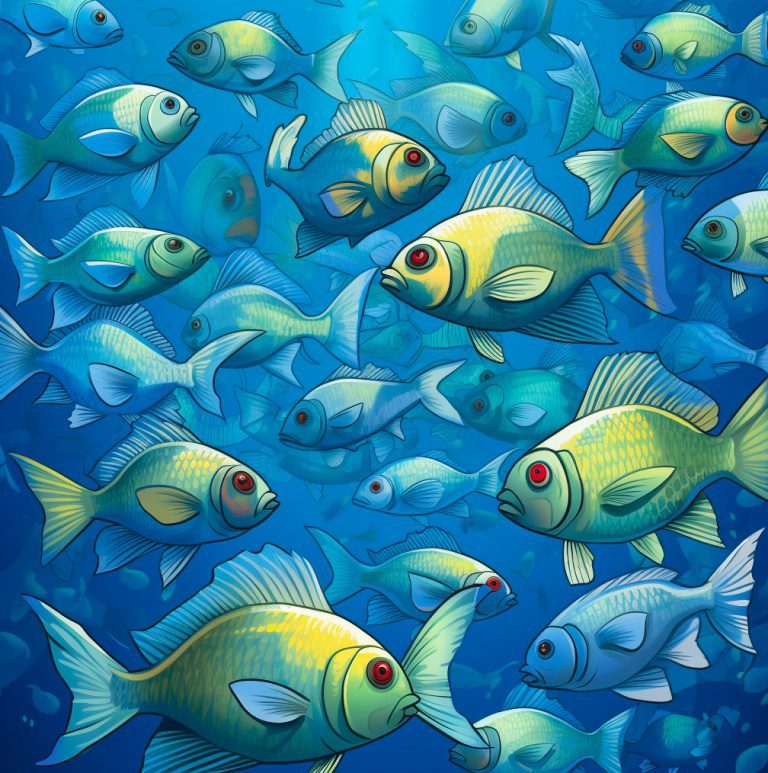
How To Catch Bass During The Bluegill Spawn
Introduction Good day, fellow fishermen! If you’re anything like me, Mike, you enjoy the rush of hooking a large bass. During the bluegill spawn, which normally takes place in the spring and early summer, is one of the finest times of year to catch bass. Based on my personal knowledge and study, I’m going to […]
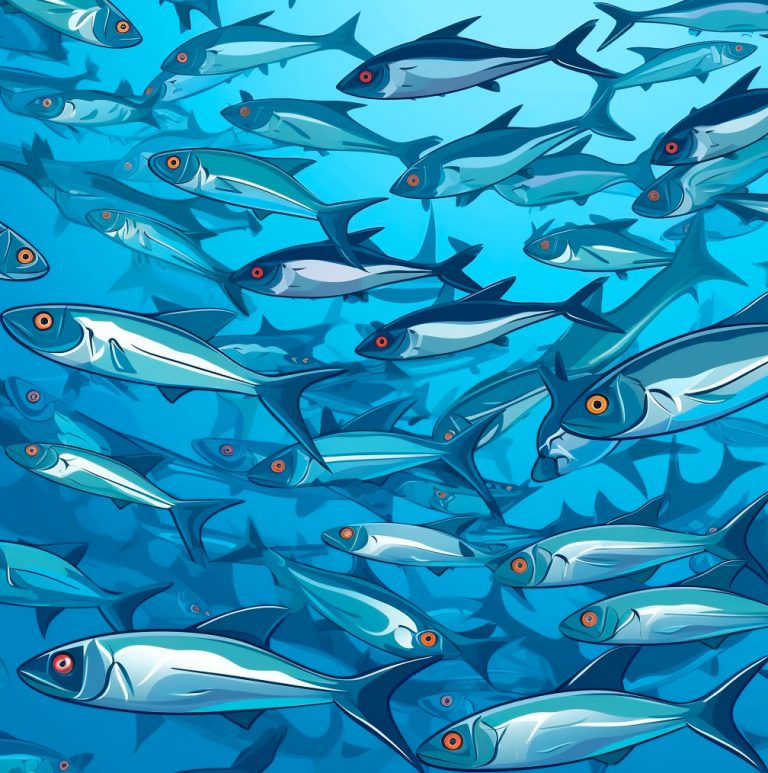
How To Catch Bass During The Shad Spawn
Hello, everyone of you out there who enjoy fishing! Catching bass during the shad spawn is one of my favorite fishing methods, therefore today I want to discuss it. As you may already be aware, one of the most significant occasions on the fishing calendar is the shad spawn. The shad population swarms around the […]
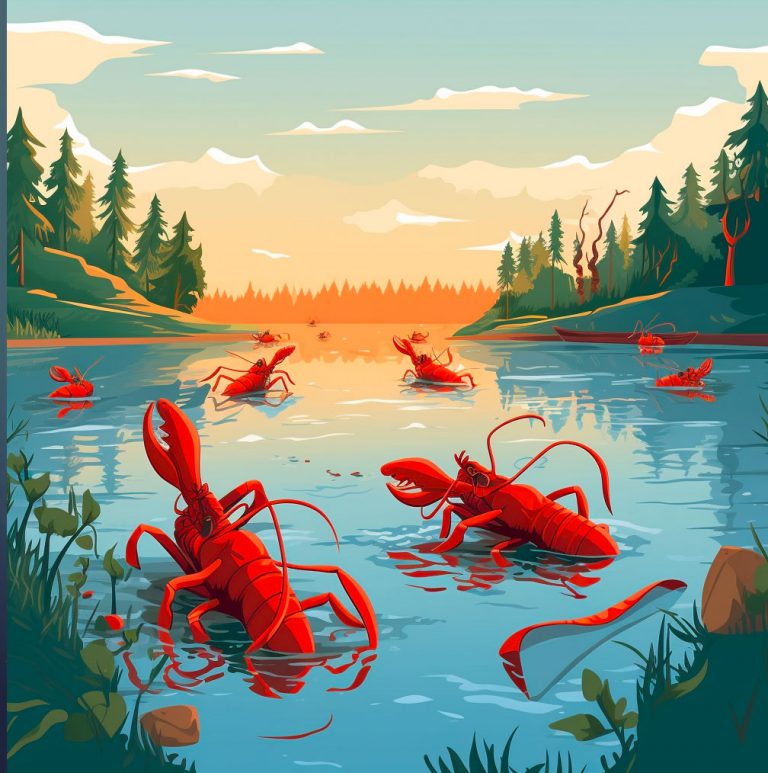
How To Catch Bass During Crawfish Season
As a seasoned angler, I have come to realize the value of comprehending the behavior of the fish you are attempting to catch and the prey they consume. The crawfish is one prey that is very active and common during the bass fishing season. I’ll share my knowledge and expertise on how to capture bass […]
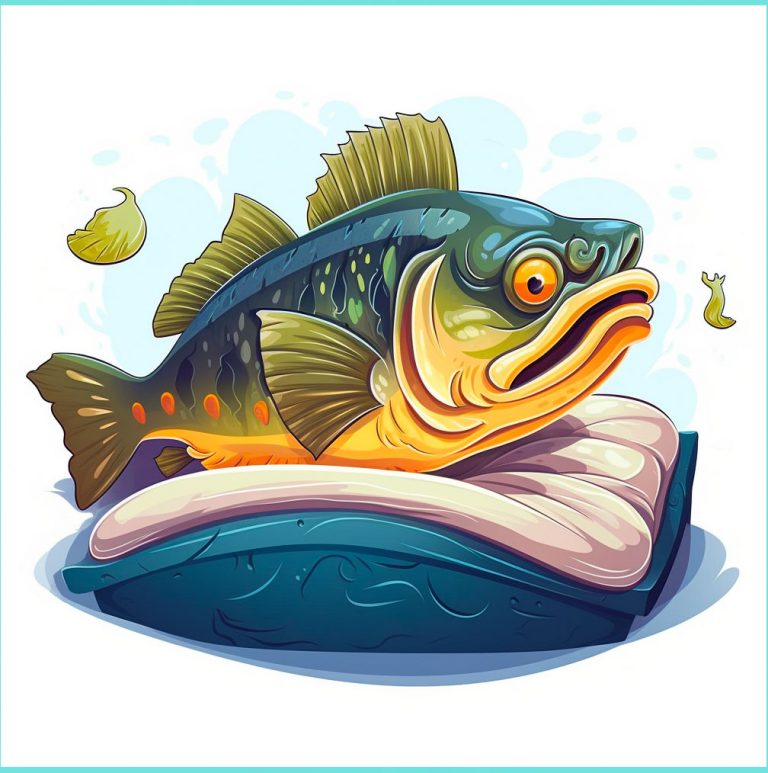
Top 10 Bass Fishing Lures For The Spawn – For Beginners
Spinnerbaits The top 10 lures for bass fishing during the spawn all start with spinnerbaits. Spinnerbait fishing may be a very productive strategy while bass are spawning. Spinnerbaits are adaptable fishing lures that are excellent for pursuing bass in many types of cover and structure. It’s crucial to concentrate on regions where bass are probably […]
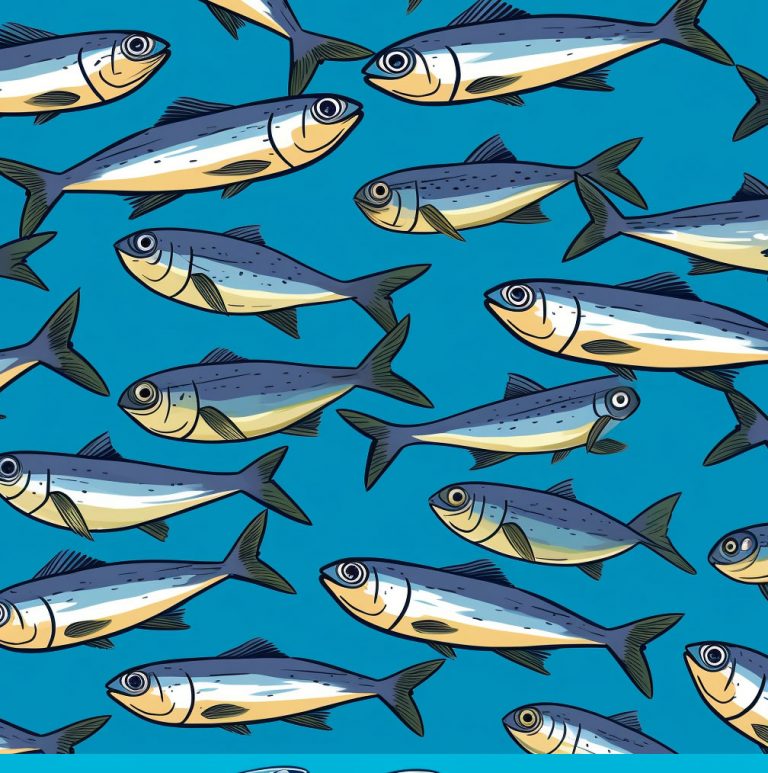
How To Catch Bass During the Blueback Herring Spawn
Introduction Hello, angling friend! You’ve come to the right site if you’re trying to learn how to catch some bass during the Blueback Herring Spawn. For many fisherman and fisherwomen, this is an exciting time of year, and with good cause. The Blueback Herring Spawn is a significant event in the bass fishing calendar and […]
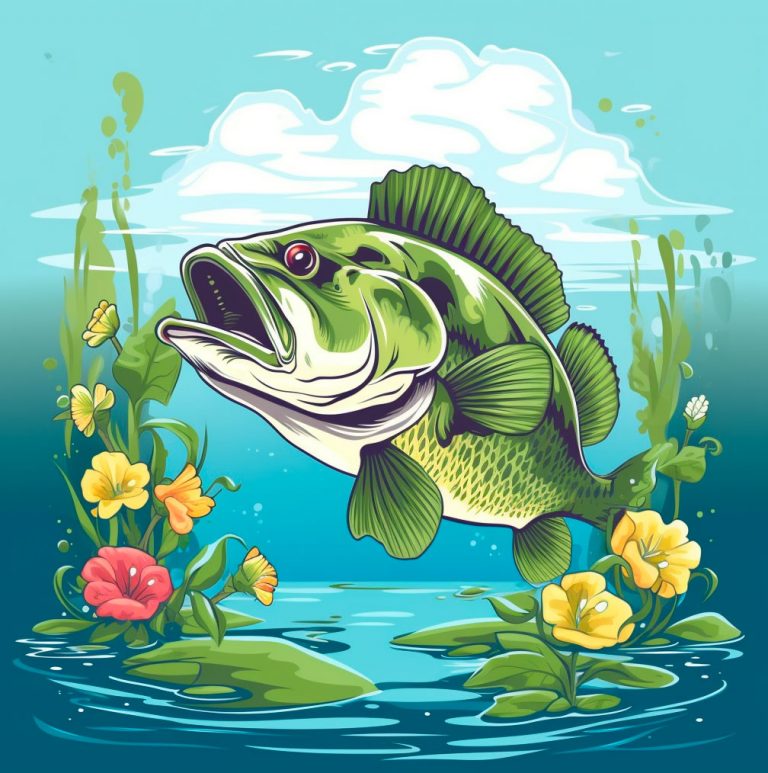
How To Catch Largemouth Bass In March
Seasonal changes have a significant impact on fish behavior, making certain times of the year better for fishing specific species. March is one such season, where largemouth bass fishing can be particularly fruitful. Whether you’re a seasoned angler or a beginner, understanding the behavior, habitat selection, and feeding habits of largemouth bass in March is […]

